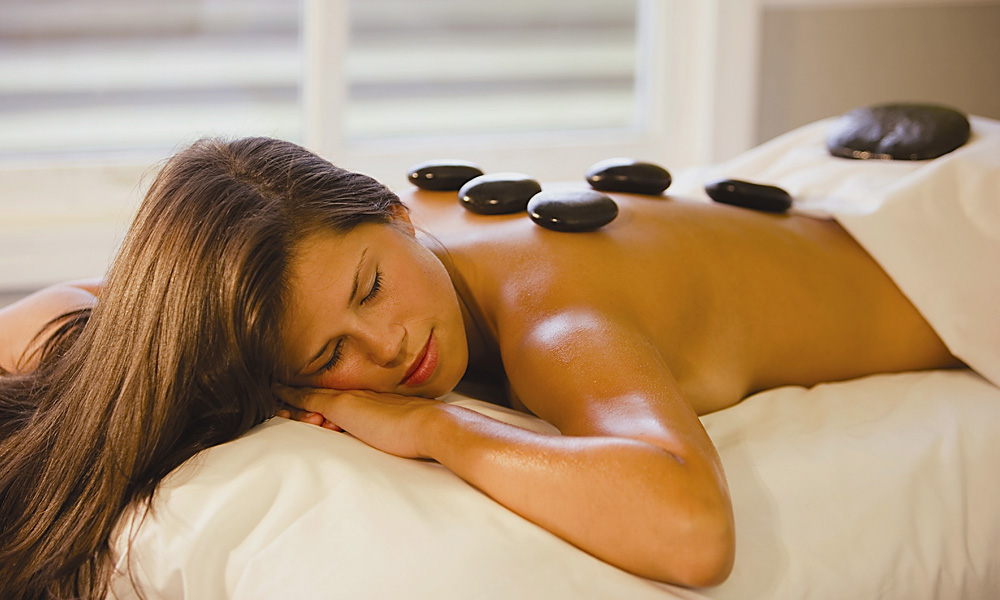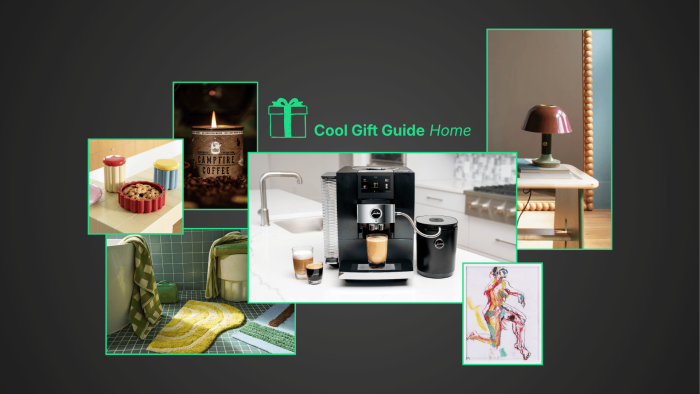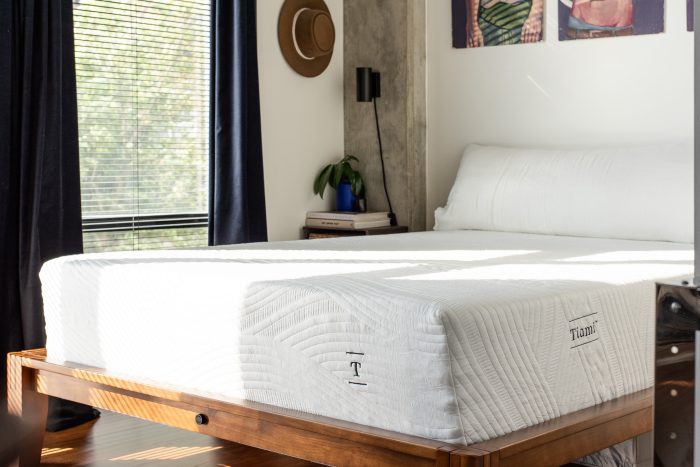If we had a nickel for every time we’ve heard someone brag about how good of a massage they give, but actually turned out to be awful at it, we’d have like, 20 bucks. If you’re the kind of person who hypes up their massage skills but gives one like you have your hands stuck inside a chicken—or you’re just an humble and curious guy looking to do more for your lady after a long day—you should probably keep reading.
First, let us say that there’s nothing wrong with not knowing how to give a proper massage. It’s an age-old art form that dates back more than 4,000 years, and even now, becoming a proper masseuse isn’t exactly something you can learn in a day.
That said, you know we’re firm believers that if you’re going to do something—whether it be building a motorcycle, smoking a cigar, or playing the stock market —you should do it right. That’s exactly our motivation for putting this bad boy together.
Types of Massages
Not all massages are created equal. There are many different types, ranging from aromatherapy and reflexology, to sports massages, deep tissues massages, and even pregnancy massages.
What you’re most likely going to be giving your partner is called a “Swedish massage,” which is the most used type of massage. It’s a full-body muscle massage that incorporates five basic strokes: Effleurage, petrissage, friction, tapotement, and vibration.
This excellent guide by VeryWell covers the nine most common varieties of massages, and this guide outlines everything you need to know about the different kinds of techniques.

Prep is the Foundation of a Successful Massage
Preparing for a massage is a two-way street, and your best bet to a successful and relaxing massage is based primarily on one thing: Communication. Everybody loves surprises, but massages are best enjoyed and experienced when both parties are in the right mindset.
If tonight’s the night you want to give her a solid rub down after a hard day’s work, let her know beforehand. Shoot her a text, or if you’re feeling romantic, send some flowers with a card letting her know what’s up.
For your prep, you can set up the room, dim the lights, pick out some nice relaxing music, and follow the rest of this checklist. Note some of the requirements include your “client” not eating two hours before the massage, taking a warm shower a half hour before, etc. And if you don’t have a table (which we suspect is probably all of you), you can either invest in a kit like this that’ll turn any table-top or desk into an impromptu chair, or just head for the bed.

Stress Areas and What to Look For
Let’s take a second here to remind you that you are not a professional masseuse. We mentioned it up top, but now is the perfect time to reiterate: Massage therapy is an art form that takes a ton of training to learn how to do properly. Rubbing someone the wrong way can actually make their issues worse, and can even cause some considerable damage.
That said, if handled with care and if in constant communication with your partner, there are ways to identify different areas in the back and neck that are prone to knots and other tenderness. This thorough guide from AiraWear goes through the ins and outs of over 15 different problem areas in the neck and back, how to identify them, and even how to get rid of them.
But, remember: Communication is key.
General Technique
When it comes to technique, a lot of it will come naturally. Heating up the oil in your palms, evenly distributing it across your partner’s back and neck, and going through all five techniques to deliver the perfect massage are all learned processes, but they’re quicker and more intuitive than you might think.
Different techniques serve different purposes, like warming up the tissue, identifying trouble areas, and slowly working your way around your partner’s neck, back, and lower lumbar. A lot of it is touch and go, but this guide from WikiHow is an excellent explainer that delves into technique, applying the right amount of pressure, etc. And if you want to get really in depth, this video is almost 20 minutes long and goes through every single thing you need to know.

Oils and Other Accessories
There are a ton of oils out there that span everything from organic, to scented, to non-staining, water-based, etc.
If you want a natural oil, lean toward coconut, grapeseed, almond, or even jojoba oil. We prefer coconut oil because it doesn’t stain bed sheets (Fun fact: It can also be used as a sexual lubricant, coincidentally enough) and is actually really good for the skin, too.
But, keep in mind that different massage oils have different purposes. They absorb into the skin differently, they have different fragrances, different nutrients, and serve different purposes. This list of massage oils was compiled based on advice from actual massage therapists, and is a solid resource for amateur masseuses.
As far as where to purchase them goes, Amazon is an excellent resource, and places like Massage Warehouse (yes, masseuses have their own warehouse) or our favorite, The Body Shop.
That about does it. Make sure you give the article a second read, so you’re confident in your massage skills and reading comprehension. Your SO will thank you for it.




